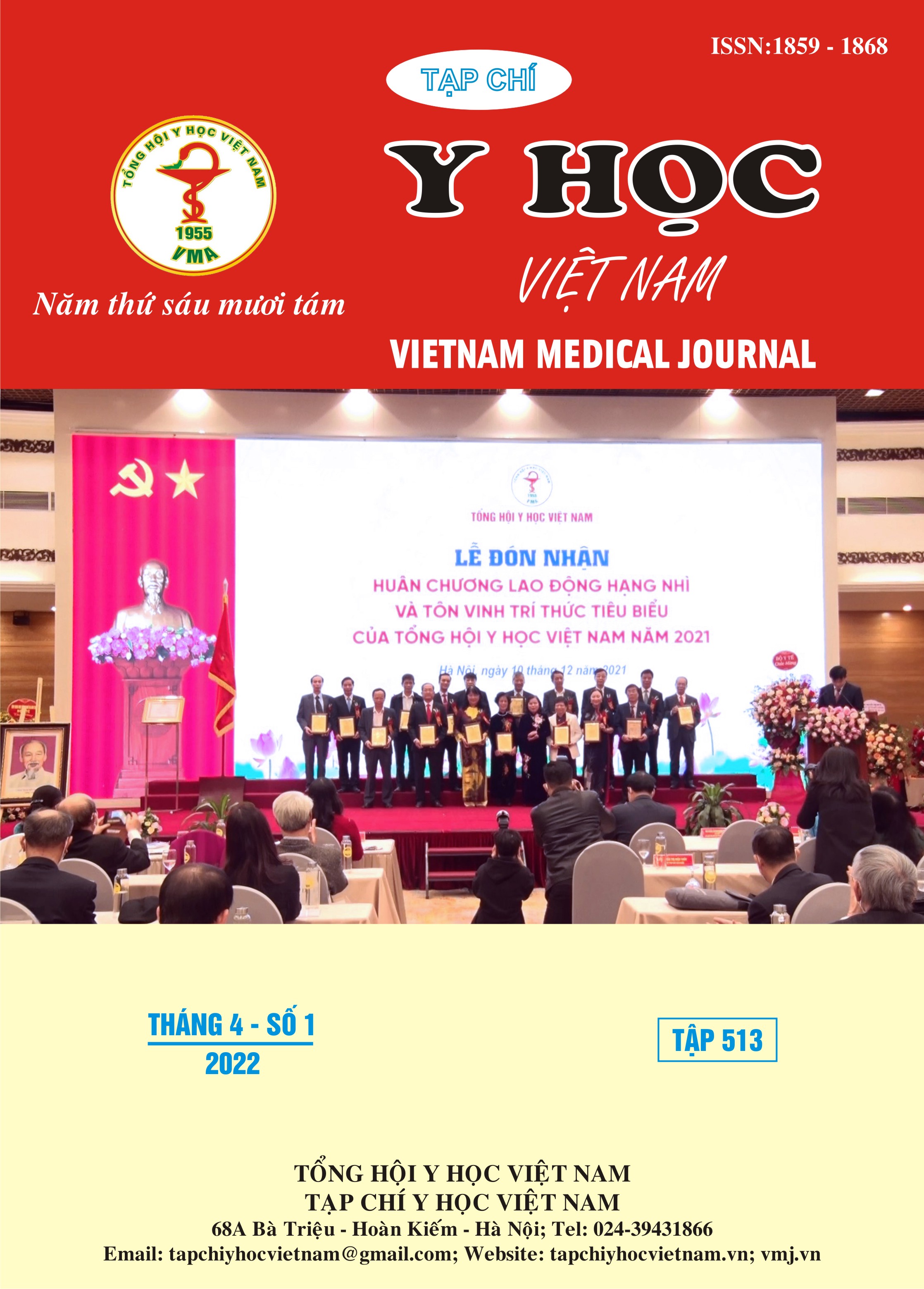SURGICAL TREATMENT IN LOWER CERVICAL FACET DISLOCATION WITHOUT PARALYSIS, INCOMPLETE PARALYSIS AT THE VIET DUC UNIVERSITY HOSPITAL
Main Article Content
Abstract
Study design: Descriptive, prospective, uncontrolled. Objective: To evaluate the results of surgical treatment in lower cervical facet dislocation without paralysis, incomplete paralysis at the Viet Duc University Hospital. Summary of Background Data: Although lower cervical facet dislocation is not common but left the consequences severe. In Vietnam there hasn’t been a lot of research on lower cervical facet dislocation. The choice of surgical approach in the treatment of traumatic lower cervical facet dislocation is highly variable and maybe influenced by a variety of factor. However, the effectiveness of the methods has not yet been fully evaluated. Method: Evaluate the treatment outcomes of 44 patients are diagnosed lower cervical facet dislocation without paralysis, incomplete paralysis at the Viet Duc University Hospital from 15/03/2016 to 15/03/2017. Results and Conclusions: Anterior and posterior cervical surgery of decompression, reduction, stabilization, and fusion is the most effective and safe method for treatment of subaxial cervical facet dislocation.
Article Details
References
2. Satyen Mehta, Ben Goss, et al (2011). Computed tomographic artifact suggesting vervical facet subluxation. Spine 2011;36: 1038 – 1041.
3. Wei Du, Cheng Wang, et al (2013). Management of subaxial cervical facet dislocation through anterior approach monitored by spinal cord avoked potential. Spine 2013; 39: 48-52
4. Zhengfeng Zhang, Chao Liu, et al (2016). Anterior facetectomy for ruduction of cervical facet dislocation. Spine 2016; 41: E403 – E409.
5. Tumialan LM, Dadashev V, Laborde DV, et al (2009). Management of traumatic cervical spondyloptosis in a neurologically intact patient: case report. Spine (Phila Pa 1976) 2009; 34: E703 - 8.
6. Tumialan LM, Theodore N (2012). Basilar artery thrombosis after reduction of cervical spondyloptosis: a cautionary report. J Neurosurg Spine 2012; 16: 492 - 6.
7. Acikbas C, Gurkanlar D (2010). Post-traumatic C7-T1 spondyloptosis in a patient without neurological defi cit: a case report. Turk Neurosurg 2010; 20: 257 - 60.
8. Rizzolo SJ, Piazza MR et al. intervertebral disk injury complicating cervical spine trauma, Spine 1991; 16; S 187-9


